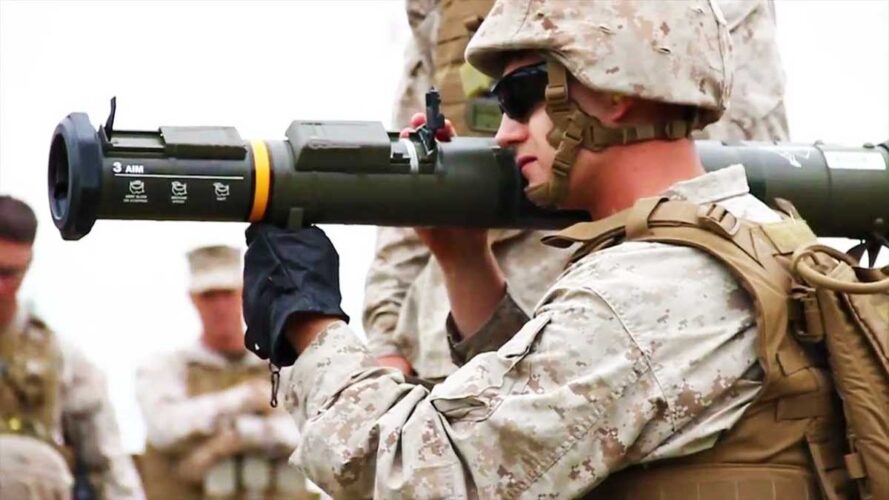
İsveç merkezli savunma sanayii şirketi SAAB, Carl Gustaf Geri Tepmesiz Tüfek Mühimmatı ve AT4 Tanksavar Silahı Sistemi ile ilgili olarak yeni bir sipariş aldı.
Edinilen bilgiye göre söz konusu sipariş, ABD Ordusu tarafından verildi ve yaklaşık değeri 100 milyon ABD Doları değere sahip. Sipariş kapsamında teslimatların 2021 yılında gerçekleştirilmesi planlanıyor. Sipariş, 2019 yılında imzalanan ve müşterinin Carl-Gustaf mühimmatı ile AT4 sistemleri için beş yıllık bir süre içinde 445 milyon ABD Doları değerine kadar sipariş verebilmesini sağlayan bir anlaşma kapsamında verildi. Carl Gustaf mühimmatları ile AT4 sistemleri, ABD Deniz Piyadeleri ve Özel Kuvvetler Komutanlığı tarafından da kullanılacak.
Carl-Gustaf M4 Geri Tepmesiz Tüfek
Carl-Gustaf M4, omuzdan fırlatılan bir çok rollü silah sistemi ailesinin en son sürümüdür. 2014 yılında gerçekleştirilen lansmanından bu yana Saab, Carl-Gustaf M4 için on üç farklı ülke ile sözleşme imzalamıştır. Azami bir kilometre menzili bulunan Carl-Gustaf M4, 84 milimetrelik çapa sahiptir. Tüfek; zırh delici, çok amaçlı, anti-personel ve destek amaçlı 10 adet mühimmat çeşidine sahiptir.
AT4 Anti-Tank Silahı
SAAB tarafından geliştirilen AT4 Anti-Tank Silah Sistemi, azami 500 metre menzile sahiptir. Herhangi bir güdüm sistemine sahip olmayan AT4, uzun yıllardır ABD Ordusu envanterinde bulunmaktadır. SAAB, 1987’den bu yana 600.000’den fazla AT-4’ü ABD’ye teslim etmiştir. Ayrıca AT-4 Tanksavar Silahı, ABD tarafından PKK/YPG terör örgütüne de verilmiştir ve bu silah sistemiyle Türk ordusuna karşı zaman zaman saldırılar gerçekleştirilmektedir.
Kaynak: SavunmaSanayiST.com




